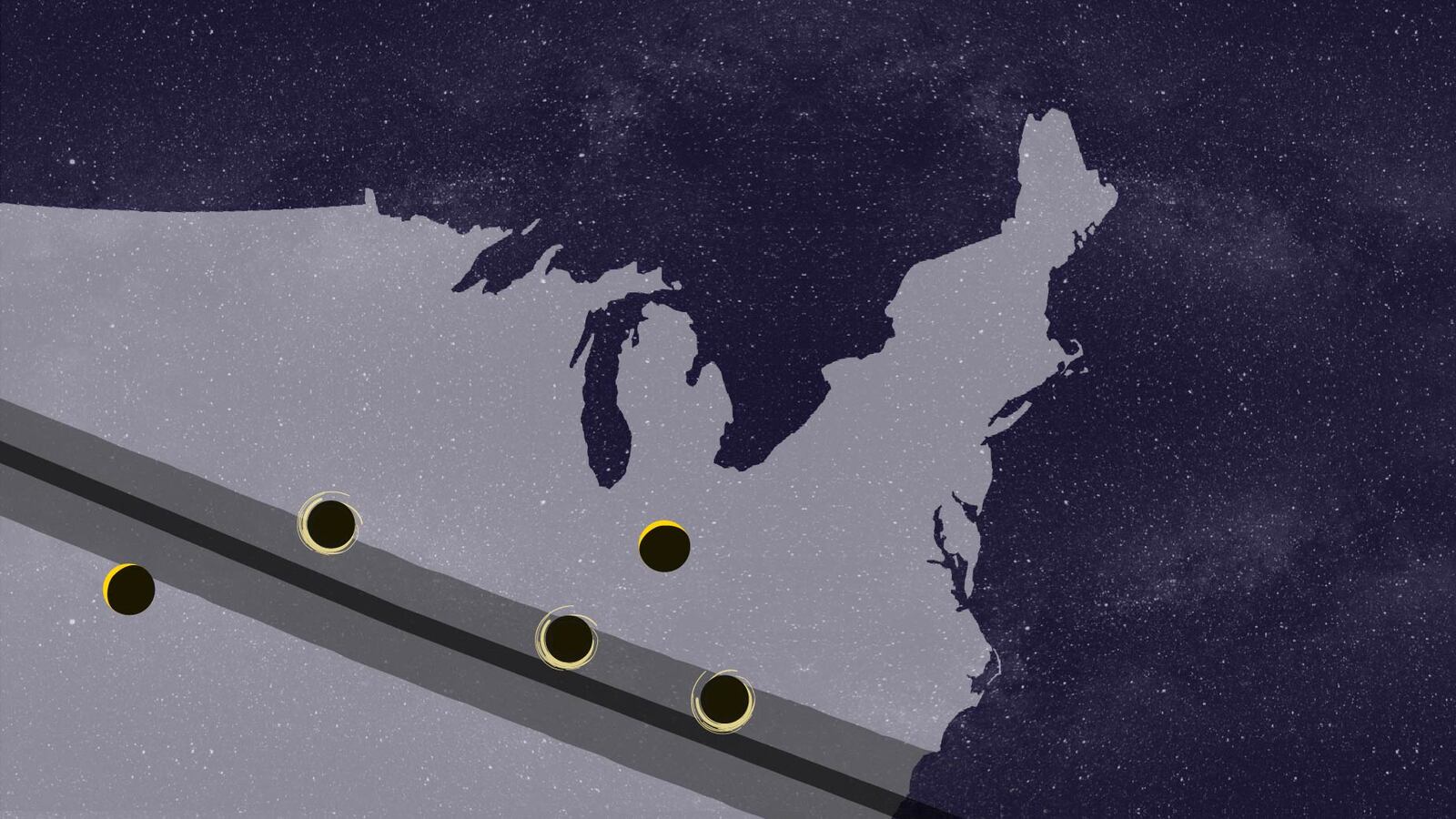The moment will last no more than two minutes, 40 seconds.
But educators across the country have spent months preparing for next week’s “Great American Eclipse.”
On August 21, the moon will obscure the sun’s light during the first total solar eclipse to pass through the continental U.S. in 99 years. It will be most dramatic along the so-called path of totality, which will cut directly from Oregon to South Carolina.
Chalkbeat asked teachers along that path about how they’re planning to handle the rare event. From launching balloons to constructing “sun funnels,” here’s how some of the nation’s science teachers are going to handle the plunge into darkness.

Lisa Buckner
Third-grade teacher and STEM coach at Linden Elementary School in Oak Ridge, Tennessee, where the moon will cover 100 percent of the sun. (Thanks to Vox for these calculations!)
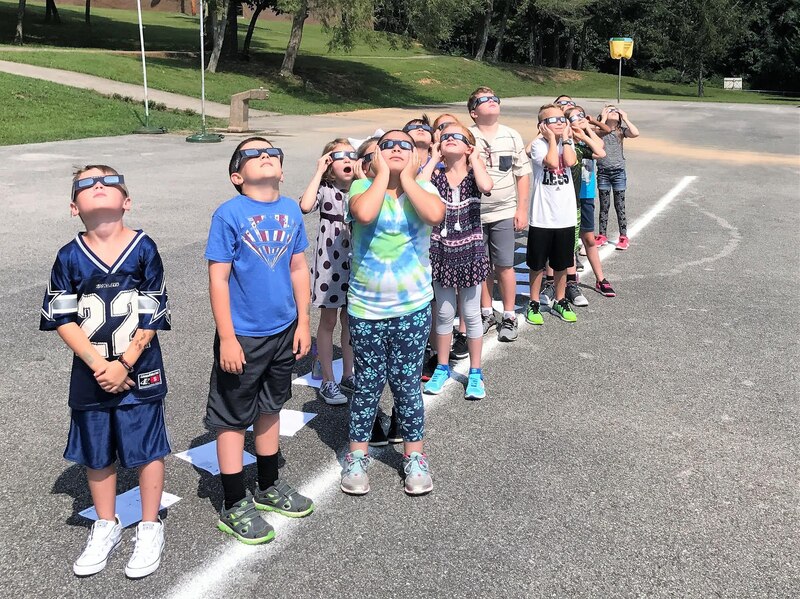
I’m excited about the eclipse because … After reading that this would be the first total solar eclipse viewable in North America since 1979, the first since 1776 only visible in the U.S., and then also reading about the 1878 eclipse that caused so many Americans to flock to the wild, wild, west — I knew I had to make this event meaningful.
A local company provided us with a $1,000 grant for supplies, and Roane State Community College will open their facilities for us to use for free, and National Oceanic and Atmospheric Administration is helping us excite students by bringing amazing instruments to make our data collection possible, and best of all — all our teachers, administrators, and staff are as excited as I am!
Eclipse fun fact: A syzygy in astronomy is a straight-line configuration of three celestial bodies.

Heidi Heubscher
Fifth-grade teacher at Meadow Point Elementary School in Aurora, Colorado, where the moon will cover 92.1 percent of the sun.
On the day of the eclipse … We’re going to be reading some legends from different cultures from the past to see what different people thought about the eclipse at one point. We’ll also be releasing a balloon with two GoPro cameras attached.

Cindy Hepp and Cheryl Lodge
Fifth-grade science teacher and P.E. and health teacher, respectively, at Trico Elementary School in Campbell Hill, Illinois, where the moon will cover 100 percent of the sun.
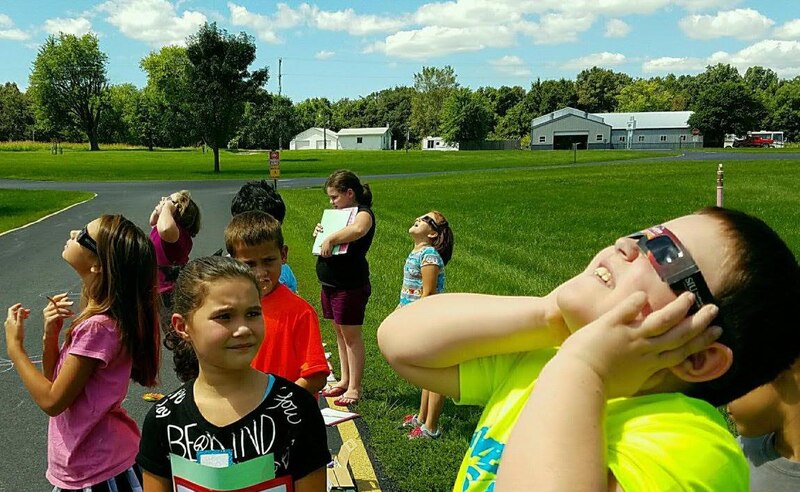
Our students are excited … about the two minutes and 32.6 seconds of totality that we will experience. They are also curious about how it will affect the temperature and insects. After viewing footage from other total eclipses, they became super excited about seeing the Diamond Ring phase and Baily’s Beads.
I’m excited because … Our hope is that what they will experience during the eclipse will pique their interest in space science careers. We would love to see some of our students go into the field of astronomical physics or develop a lifelong interest in the night sky.
Eclipse fun fact: We are in an area that will experience two total eclipses within seven years. In 2024, another total solar eclipse will cross our area!

Angela Bergman
Earth and space science teacher at Westside High School in Omaha, Nebraska, where the moon will cover 98.4 percent of the sun.
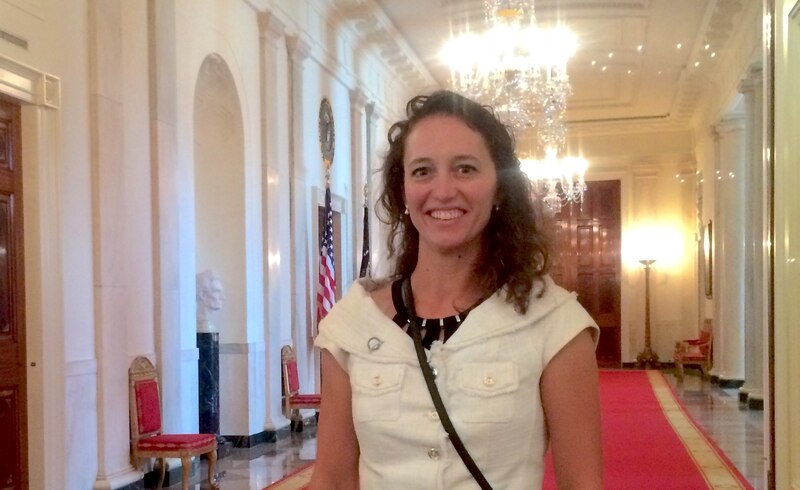
On the day of the eclipse … Students will be observing the incoming light using UV beads, as well as looking at animal behaviors. Every member of our school district, both students and staff, will get a pair of eclipse glasses.
I’m excited because … This solar eclipse we can see from our school or backyard. We get to share in this experience as a community, and we don’t have to travel to do it. It is also unique because it goes across the entire nation. How cool for us as a nation!
Eclipse fun fact: The moon is moving ever so slowly away from us. Eventually, we won’t get to see total solar eclipses! So, if you have the opportunity to travel to where there will be a total eclipse, you should go.

Ronak Shah
Seventh-grade science teacher at KIPP Indy College Prep Middle in Indianapolis, Indiana, where the moon will cover 91 percent of the sun.
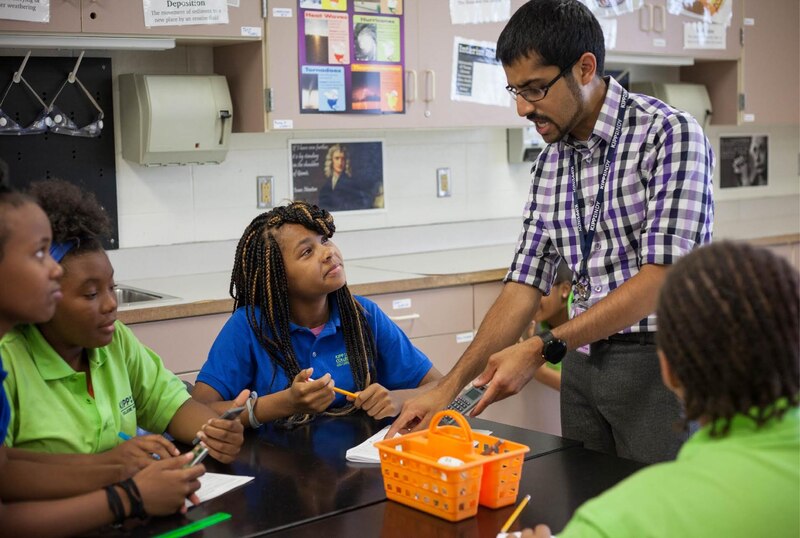
I’ve been preparing by … giving my students little teasers, like video clips and photos. Thanks to “Thor: The Dark World” and the “Twilight” series, my students are familiar with eclipses and how they look, but they are less familiar with why they occur, and few knew that one will be visible to us so soon!
My students are excited because … As you might imagine, the eclipse — as well as the upcoming Perseids meteor shower — have been figuring heavily into current events.
I’m excited because … I’m building a sun funnel for my entire class to be able to see a projection of the eclipse safely. I’m really excited to be able to provide a way for them to experience the event as a group, especially since we don’t have the resources to purchase solar glasses for all of our students.
That said, I’m a bit nervous that a student may be tempted to look at the eclipse directly with their naked eyes. I’ve been sure to give students plenty of priming information as to why this is an awful idea, including some pretty gross videos, but when something so amazing and rare takes place, there’s always the chance that one of my students will want to sneak a peek.


